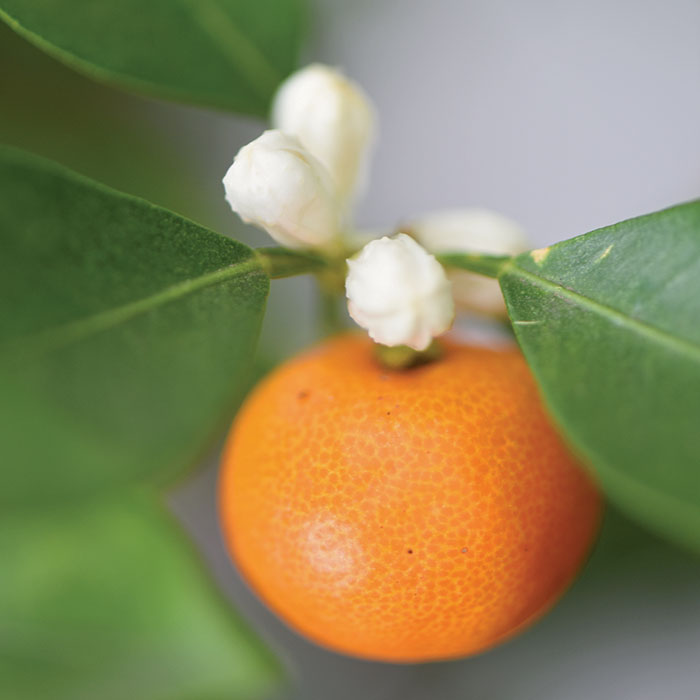How to Grow Citrus Trees Indoors
The inside story on successfully growing windowsill citrus for those of us who don’t live in the Sunshine State

Homegrown citrus is every indoor gardener’s Mount Everest. Who doesn’t dream of walking by the kitchen window, leaning over, and plucking a ripe lemon from their very own tree? Actually, that scenario is within reach. If you have a bright space where a small bush might dwell, you could be squeezing your own citrus. I’m not saying you’ll be able to open a juice bar. But a few mouth-watering windowsill kumquats, oranges, or lemons could be in your cards even in the North. PS: An orangery is not necessary.
Although King Louis XIV would tell you differently, you don’t need a dedicated, light-filled building to pull off success with citrus. Granted, a greenhouse would be nice, but it certainly isn’t a requisite. What citrus requires is a bright window. A south-facing window is ideal, but a well-lit east or west-facing window can do the trick. Here’s the sticky point: that window’s dimensions should be generous. Sliding glass doors, heated glassed-in porches, French doors, and similar configurations are best because someday—if all goes according to plan—you’ll be hosting a bush laden with flowers and fruit. To make the magic happen, ample indoor light and space are essential. To make your citrus even happier, bring it outdoors in summer.

Why would you want to devote a big chunk of your interior real estate to a single plant? Consider the perks. I’ve already enticed you with a description of the scrumptious end result. But the citrus-growing experience rewards you all along the way. Grow a citrus, and you’ll be coming home to a perfume beyond anything you can buy in a bottle. Even if you never savor a single ripe fruit (and you will—eventually), a nose full of the fragrance that floats from citrus blossoms is certainly ample compensation for playing host. When you start small, those flowers will probably be your sole fulfillment for a couple of years. A citrus tree needs to gain sufficient size and girth to successfully support a crop on its branches. While a citrus tree is in its adolescent stage, flowers drop before developing into fruit, or fruit fails to ripen until the bush can support the burden. (Light levels are also a factor in this equation; during a cloudy spate, fruit often fails to form.) As branches become strong enough to support a crop, the fruit will hang on.
If you’re a “start from scratch” type of person, keep in mind that citrus grown from seed will take many years to reach flowering and fruiting stage. Plus, the end result might not be the same delicious fruit that you originally savored and saved seed from, because most citrus are hybrids and do not come true. Cuttings or grafts are the way to go if you choose to propagate the plant yourself. Or just swing over to your local garden center and pick up a plant—they are becoming readily available. Proof again that many gardeners share your dream.
—Tovah Martin is the author of several books on houseplants, including The Unexpected Houseplant: 220 Choices for Every Spot in Your Home.





Comments
Log in or create an account to post a comment.
Sign up Log in